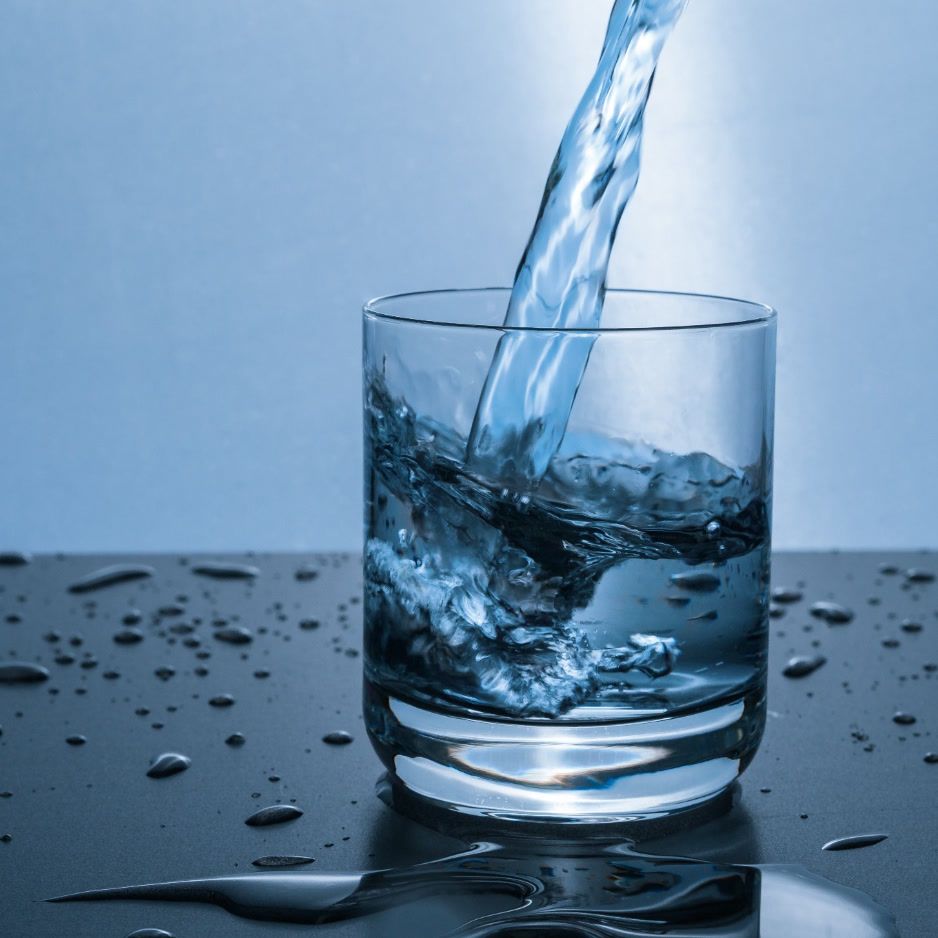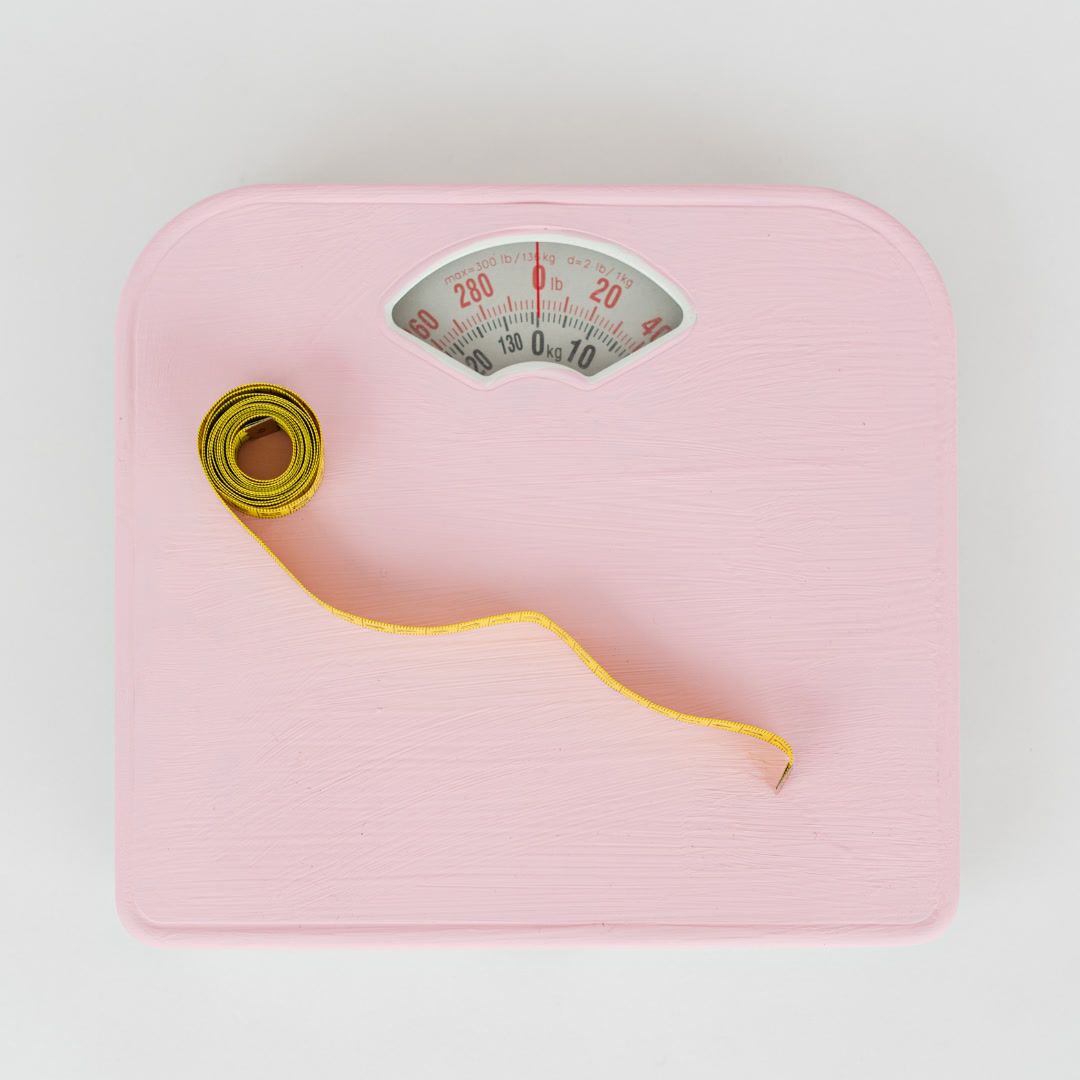Visceral Fat & Menopause: Why It Rises & How to Lose It

Visceral Fat & Menopause: Why It Rises & How to Lose It
If your waistline feels like it changed overnight during perimenopause or after your periods stopped, you’re not imagining it. The hormonal shifts of menopause make it easier to store fat deep in the abdomen—called visceral fat—and harder to keep muscle.
That combo can nudge health risks up, but the good news: you can turn this around with a simple, repeatable plan and smart tracking.
In 30 seconds: what’s happening and what to do
- Why it’s rising: Estrogen drops during menopause, and your body tends to store more fat around the belly; muscle also naturally declines with age, slowing metabolism (Harvard Health).
- Why it matters: Visceral fat sits around your organs and is tied to higher risks of heart disease, diabetes, fatty liver, and more (Mayo Clinic).
- What works: Lift weights 2–3x/week, walk or do cardio most days, eat protein with plants, protect your sleep, manage stress—then track progress with measurements or a DEXA scan.
This guide explains the science in plain English and gives you a practical 4‑week plan to reduce visceral fat during menopause, plus how a DEXA scan helps you measure what truly matters for people searching "visceral fat menopause."
Quick refresher: What is visceral fat—and why does it matter more now?
Not all belly fat is the same. Subcutaneous fat sits under the skin; visceral fat lives deeper, wrapped around your organs. It acts more like a hormone‑secreting organ than passive padding and is linked to higher risks of high blood pressure, unfavorable cholesterol, fatty liver, type 2 diabetes, heart disease, stroke, and certain cancers (Mayo Clinic).
During the menopause transition, fat tends to shift from the hips/thighs toward the abdomen as estrogen declines. Muscle mass also naturally decreases with age, lowering daily calorie burn, which makes fat gain easier (Harvard Health).
Research from the SWAN Fat Patterning Study (SWAN Study) found that postmenopausal women carried more visceral fat than pre/perimenopausal women—even when total body fat and age were similar. One reason is a shift in the hormone balance: with less estrogen around, the relative effect of testosterone becomes more noticeable—a hormonal profile that promotes abdominal fat storage.
How to tell if visceral fat might be a problem
- Tape‑measure check: A waist circumference above 35 inches (89 cm) signals elevated health risk in women (Mayo Clinic). For consistent home tracking, measure at the top of your hipbones (iliac crest) after a normal exhale—then use the same spot each time. See the full steps here: How to measure your waist accurately.
- Look beyond BMI: BMI can’t see fat distribution. Visceral fat can be high even at a “normal” BMI. Learn why: Why BMI fails to measure visceral fat.
- Get objective: A BodySpec DEXA scan estimates visceral fat and quantifies overall fat and lean mass so you can target the right changes and track progress. What to expect: DEXA scans for women's body composition and bone density.
Ready to see your baseline? Book a BodySpec DEXA scan
The hormone story, simplified
- Estrogen drops: As estrogen falls, fat storage patterns shift toward the abdomen (Harvard Health).
- Relative androgens: SWAN data links a stronger testosterone influence (as estrogen and SHBG change) with more visceral fat after menopause (SWAN Study).
- Sleep and appetite hormones: Poor sleep—common during menopause—can disrupt leptin and ghrelin, raise cortisol, and increase late‑night cravings, all of which push belly fat up (ColumbiaDoctors).
What about hormone therapy (HT)? HT isn’t a weight‑loss drug. Some evidence suggests it may slightly influence where fat is stored and improve sleep and mood (which can indirectly help weight control), but it’s not a primary fix for belly fat (UChicago Medicine). SWAN researchers also cautioned that estrogen therapy alone may not directly reduce the risks tied to visceral fat (SWAN Study). Talk with your clinician about your situation, benefits, and risks.
What actually reduces visceral fat in menopause
Visceral fat responds to the same fundamentals as overall fat loss—especially when you prioritize consistency and use strength training to protect muscle.
- Train for muscle first
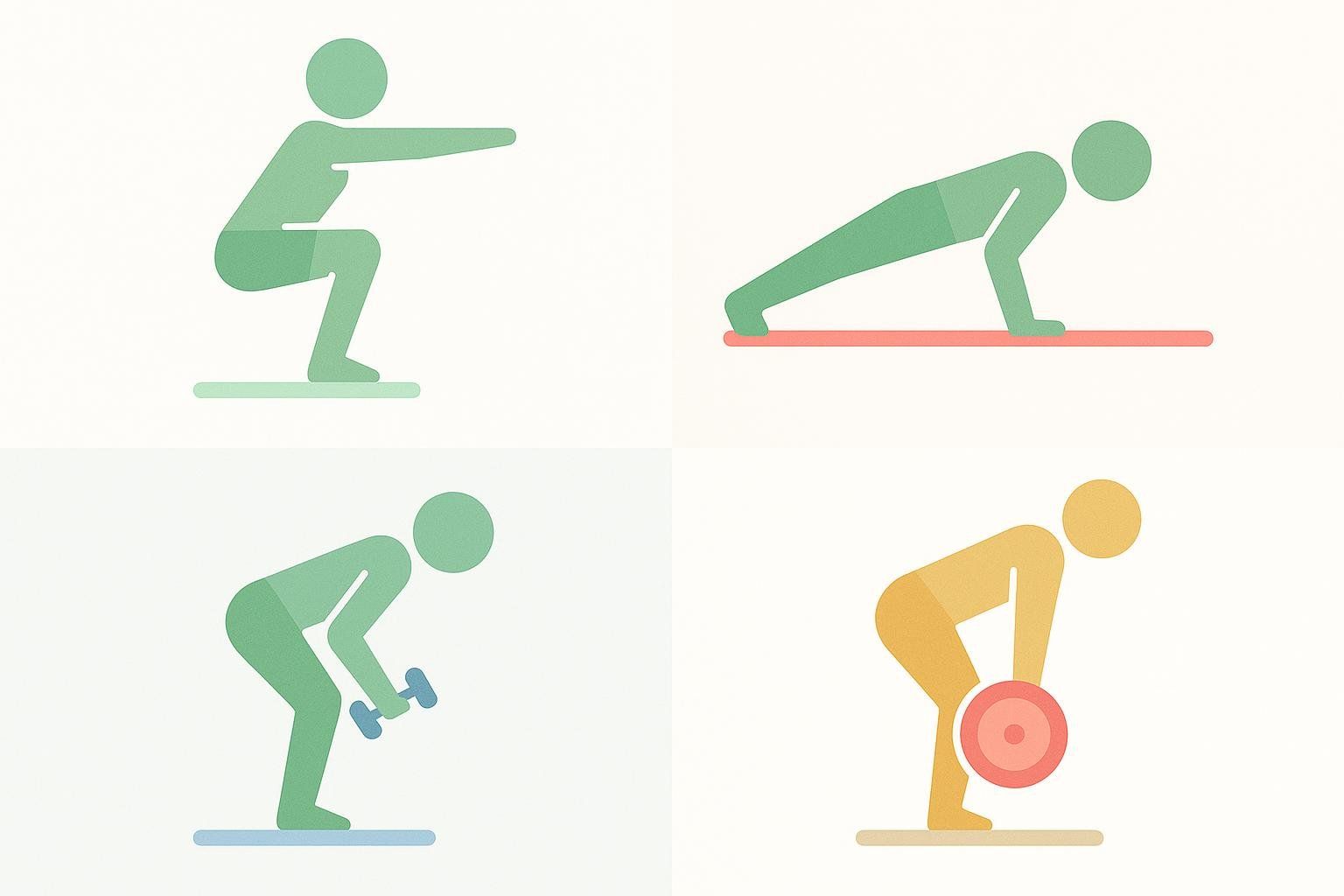
- Strength: Do 2–3 full‑body sessions/week. Use simple compound moves—squats; presses (push‑ups, chest or overhead press); rows; hip hinges (deadlifts or RDLs); and core bracing. Aim for 2–3 sets of 8–12 reps, then finish with a 10‑minute brisk walk.
- Cardio: Accumulate 150 minutes/week of moderate activity (or 75 minutes vigorous). If you enjoy it, add short intervals once or twice a week. Keep strength as your anchor (Mayo Clinic; UChicago Medicine).
- Prioritize protein and plants
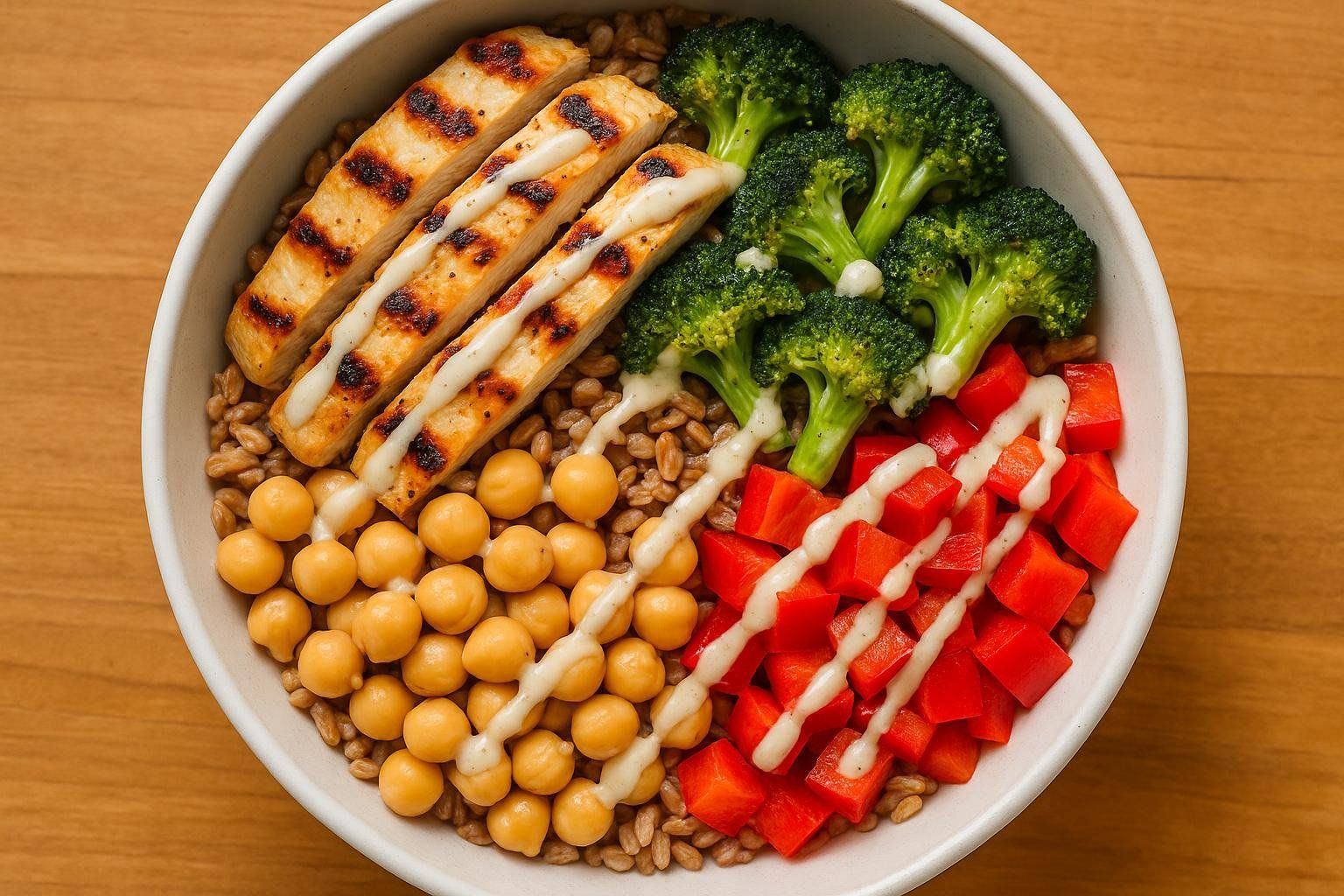
- Include protein at each meal (e.g., eggs, Greek yogurt, tofu/tempeh, fish, poultry, legumes) to support muscle and satiety (Harvard Health).
- Build meals around vegetables, fruit, whole grains, legumes, nuts, and olive oil—a Mediterranean‑style pattern linked to better cardiometabolic health in midlife (UChicago Medicine).
- Sleep like it’s your job

- Keep a consistent schedule, cool/dark room, and a simple wind‑down routine. Better sleep helps normalize appetite hormones and stress hormones, curbing cravings (ColumbiaDoctors).
- Manage stress on purpose

- Try short daily practices—10 minutes of walking after meals, 5 minutes of breathing exercises, or brief yoga/meditation—to reduce stress‑driven eating and cortisol spikes (UH Hospitals).
- Medications: know the role
- Prescription weight‑loss drugs can help some people with obesity or weight‑related conditions, but effects usually stop when the medication stops, and side effects/costs matter. Always involve your clinician (UChicago Medicine).
Want more tactics? See: How to Lose Visceral Fat and How to Improve Body Composition During Menopause.
A practical 4‑week action plan
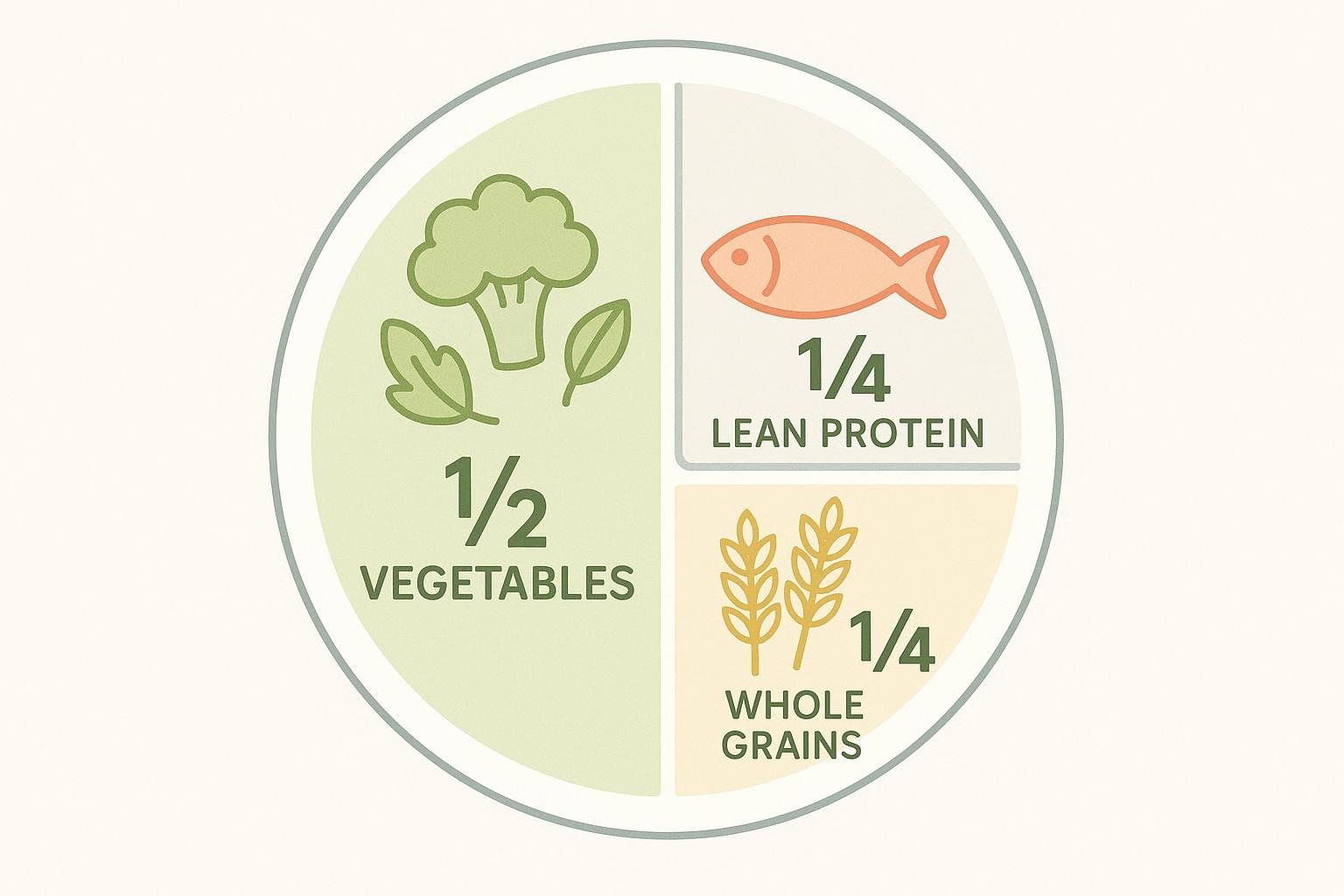
Use this as a friendly starting point. Adjust sets, reps, and durations to match your current fitness and schedule.
-
Week 1: Build your foundation
- Strength: 2 full‑body sessions (squat; push‑up or chest press; hip hinge—deadlift/RDL; row). Do 2–3 sets of 8–12 reps. Finish with a 10‑minute brisk walk.
- Cardio: 3 sessions × 20–25 minutes at a steady, moderate pace (≈60–75 minutes total).
- Nutrition: Plate method—½ veggies, ¼ lean protein, ¼ whole grains/starchy veg; add olive oil or a small handful of nuts.
- Sleep: Set a consistent bedtime/wake‑up. Add a 30‑minute screen‑free wind‑down.
-
Week 2: Get consistent and boost protein
- Strength: 3 sessions. Challenge yourself by increasing reps, weight, or sets.
- Cardio: 4 sessions totaling 90–110 minutes. Add one interval workout (6–8 rounds of 60 sec faster, 90 sec easy).
- Nutrition: Add a protein‑forward breakfast (Greek yogurt bowl or eggs). Prep two grab‑and‑go meals.
- Stress: Add a 5‑minute breathing break after lunch and a 10‑minute walk after dinner.
-
Week 3: Nudge the needle
- Strength: 3 sessions. Add one accessory move (split squats, lat pulldowns, or hip thrusts).
- Cardio: 4–5 sessions totaling 120–140 minutes. Keep one interval day and one longer/easier day.
- Nutrition: Swap ultra‑processed snacks for whole‑food options (Greek yogurt + berries; nuts; hummus + veggies).
- Sleep: Stop caffeine after noon. Keep your bedroom cool, dark, and quiet.
-
Week 4: Measure and iterate
- Strength/Cardio: Repeat Week 3 with good form and consistent effort.
- Cardio target: Accumulate ~150 minutes across 4–5 sessions.
- Nutrition: Plan two high‑fiber dinners (bean chili; salmon with farro and greens). Limit alcohol to 0–1 drinks/day.
- Tracking: Re‑measure your waist and book a follow‑up BodySpec DEXA to quantify changes in visceral fat and lean mass. See Visceral Fat Insights From BodySpec Scans to know what trends to expect.
How DEXA helps you win the long game
- Sees what the scale can’t: DEXA distinguishes fat, lean mass, bone, and estimates visceral fat—so you’ll know if you’re losing the right kind of weight. Start here: Body Fat vs. Body Mass: What’s the Difference?
- Keeps muscle on the priority list: If lean mass dips, you’ll adjust training and protein before progress stalls.
- Motivates through data: Watching visceral fat trend down is powerful feedback that your plan works. Compare methods: How to Measure Muscle Mass: At‑Home vs. Clinical Methods.
FAQs
-
Why does visceral fat increase in menopause?
Estrogen declines, the relative effect of androgens rises, and sleep/metabolic changes can stack the deck toward abdominal fat gain (Harvard Health; SWAN Study; ColumbiaDoctors). -
Is “menopause belly” mostly visceral fat?
It’s usually a mix of subcutaneous and visceral fat. Visceral fat is the bigger health risk. A DEXA scan helps you see the proportion and track change (Mayo Clinic). Learn more: What Is Visceral Fat?. -
Will hormone therapy get rid of belly fat?
HT is not a fat‑loss medication. It may modestly affect fat distribution and improve sleep and energy (indirectly helping weight control), but it’s not a primary visceral‑fat fix (UChicago Medicine; SWAN Study). -
What’s a simple at‑home risk check?
A waist above 35 inches (89 cm) signals elevated risk. For how to measure in the right spot, see How to measure your waist accurately. -
How much and what kind of exercise works best?
A weekly mix of strength training (2–3 sessions), 150 minutes moderate cardio or 75 minutes vigorous, and optional intervals is effective for reducing belly fat and protecting muscle (Mayo Clinic; UChicago Medicine). Try these starters: The Complete HIIT Guide for Women and Strength Training for Beginners.
The bottom line
Menopause shifts where your body prefers to store fat, and visceral fat gets an unfair head start. The antidote isn’t endless crunches. It’s a repeatable system: lift weights, eat protein‑forward Mediterranean‑style meals, and move most days. Protect your sleep and manage stress. Then track results with objective tools. If you stay consistent, visceral fat can—and does—come down.
Want objective proof you’re on the right track? Book a BodySpec DEXA scan to quantify visceral fat, lean mass, and bone health—then use your report to tune your plan for the next 4 weeks and beyond.

